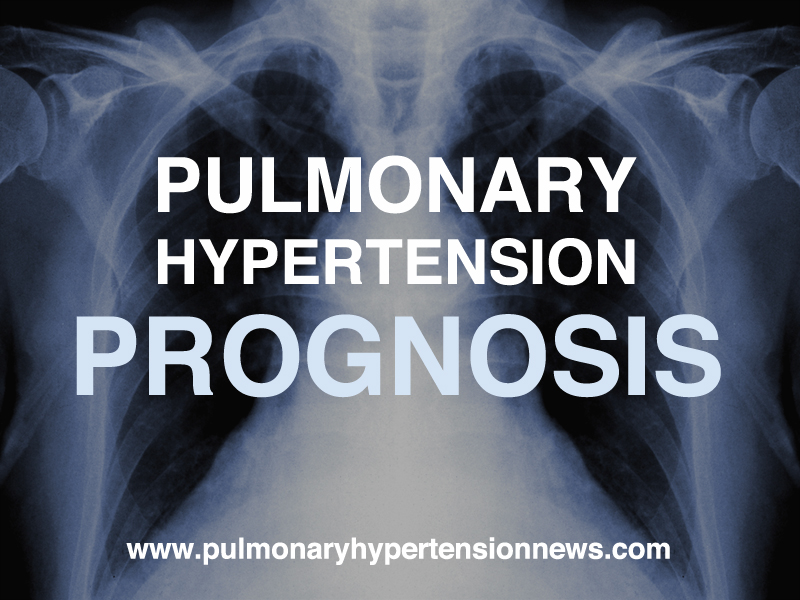Therapy Options Exist for PAH Patients Unresponsive to Medications

A recent perspective study explores catheter therapies as an alternative treatment for patients with pulmonary arterial hypertension (PAH) who do not respond well to traditional medication. The paper, written by a researcher from the Division of Cardiovascular Medicine at Brigham and Women’s Hospital in Boston, is titled “Catheter-Based Therapies for Patients With Medication-Refractory Pulmonary Arterial Hypertension“ and appears in the journal Circulation: Cardiovascular Interventions.
PAH is a progressive disease marked by narrowed pulmonary arteries that carry blood from the heart to the lungs, inducing an increase in blood pressure in the lungs due to the heart working harder to pump blood through the arteries. Progressively, the heart muscles become weaker, and the disease can lead to heart failure.
Diagnosis is commonly performed by means of right heart catheterization, a method that measures pressure by determining how much blood is pumped per minute. The mean pulmonary artery pressure (PAPm) in healthy individuals is around 14 mmHg, but increases in PAH patients to reach values above 25 mmHg. Other pressure measurements are included in the diagnostic test as well, including pulmonary vascular resistance (PVR) and pulmonary capillary wedge pressure (PAWP), where PAH patients have abnormal values above 3 for PVR and below 15 mm Hg for PAWP.
Although advances in pharmacotherapies for PAH have been realized, a percentage of PAH patients still do not respond well to medication. Particularly worrisome are patients on medication but with a continuing poor prognosis, as indicated by PAPm above 20 mm Hg or cardiac index below 2.0 L/min per m2.
Researchers believe that this patient segment could benefit from other therapy options like atrial septostomy, a Potts shunt or pulmonary artery denervation. These methods mainly rely on surgical procedures to lower blood pressure by means of creating a small hole between the upper two chambers of the heart, connecting the left pulmonary artery and the descending main artery of the body (aorta), or on bifurcation of the main pulmonary artery. As with any surgery, these procedures entail certain risks.
The proposed therapies are considered invasive, since most of them rely on surgical procedures. However, the researchers say they may be the best option for therapeutic or palliative treatment of PAH patient who are unresponsive to conventional medication-based therapies, and may improve their quality of life and their lifespan if performed with few or no complications.







